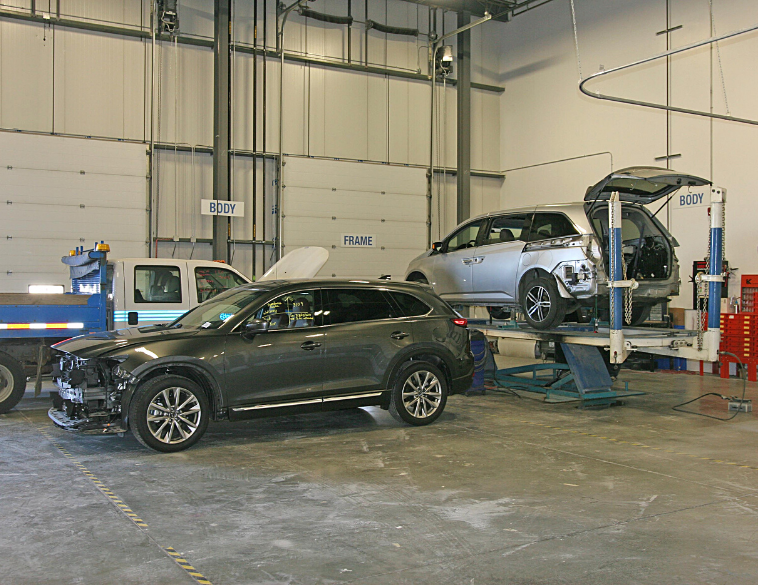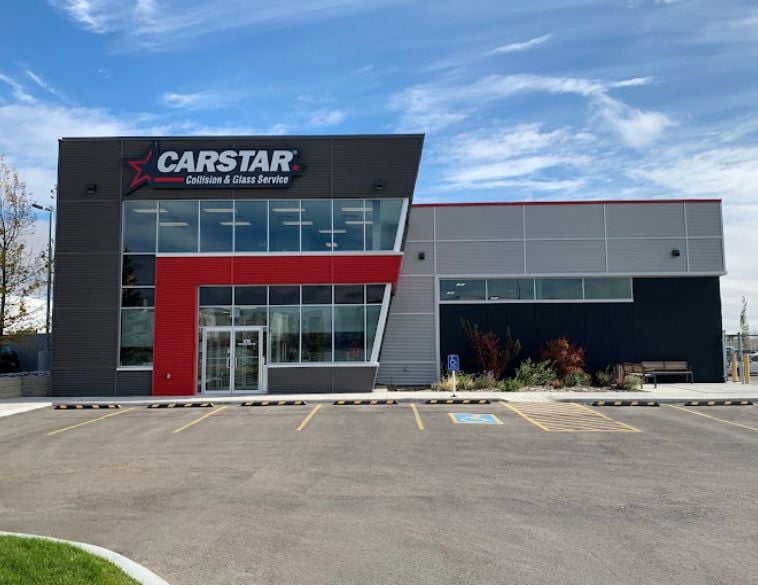In Canada, ongoing lockdowns have significantly curbed business for many collision centres. That in turn has impacted cycle times, touch times and other KPIs such as Length of Rental (LOR).
The Q1 2021 Enterprise Rent-a-Car LOR data report revealed some interesting findings across Canada.
According to the report, the average number of days billed for collision insurance rental vehicles in Q1 was 11.1 days nationally, representing a 1.7-day decline over the same period in 2020 (12.8 days).
Ontario sees the biggest change
In terms of the provinces (data was not available for the public insurance provinces—British Columbia, Manitoba and Saskatchewan), the biggest change between Q1 in 2020 and this year was Ontario.
Ontario saw the average number of days billed drop from 14.4 to 12.2. Interestingly, among all the provinces for which data was available, Ontario consistently shows the longest number of average days billed for rental vehicles.
The second-biggest decline was Newfoundland and Labrador, where the average number of days billed declined by 1.9 between Q1 this year and last (11.9 compared with 13.8 in 2020).
Although data from every province analyzed show declines in average days billed for rental vehicles in Q1 2021 versus the same period a year earlier, Prince Edward Island showed the smallest decline—0.7 days. However, they also consistently had the fewest days billed for rentals (8.7 in Q1 2021, and 9.4 in Q1 2020).
Other provinces which had the fewest average days billed were New Brunswick and Quebec, both tied at 10.1 in Q1 2021 (Quebec saw a one-day decline versus the same period in 2021 and New Brunswick, 1.8 days).
In looking at the reasons for the decline in overall average days billed for rental vehicles, several factors were in play. With the onset of provincial lockdowns and stay-at-home orders, vehicle traffic and hence the collision rate decreased.
With fewer repairable claims being submitted, collision centres were able to free up capacity and perform the work they did have, faster. Cycle times were reduced and customers spent less time in rental vehicles, resulting in fewer average days billed.
Drivable versus non-drivable repairs
When it came to drivable LOR, the report showed that among the provinces for which data was available, Ontario saw the biggest decline from Q1, 2020 at 2.2 days, with Quebec showing the least at 0.3 days.
Although declines were also seen for non-drivable vehicles compared to Q1 2020, those declines were more pronounced, with fewer non-drivable repairs, resulting in large declines in corresponding LOR.
Here, Ontario again saw the biggest decline in non-drivable LOR in Q1 2021 versus the same period a year earlier at 2.7 days. Quebec saw the smallest declines over the same period (1.1 days).

Information from the 2021 Q1 report was also confirmed by Ryan Mandell, Director of Performance Consulting, at Mitchell International.
“Repairable claims volume was down significantly in January and February over the same time period in 2020 (33% in Jan ’21 and 24% in Feb ’21), leading to the ability to complete repairs in a timelier manner,” said Mandell.
“The percentage of Non-drivable repairs in Canada also fell slightly from 23.62% in Q12020 to 23.55% in Q1 2021.”
Total Losses
Overall, total loss frequency continued to increase between Q1, 2020 and Q1, 2021, gaining 1.9 average days (up to 21.5 days versus 20.6 in Q1, 2020).
According to Mandell, newer vehicles, specifically those from 0-3 years old saw the biggest increase in total losses during the period, particularly in Ontario.
“Newer vehicles may have less available comps in the marketplace that closely match the options of the loss vehicle, thereby creating a situation where settlement may be delayed as more negotiation between carrier and customer may be required,” he said.
Mandell also pointed out that the overall LOR increase in Ontario was likely a result of a boost in overall total losses in the province. Q1 2021 saw a 25.3% Total Loss ratio, which is the highest of any quarter over the past 5 years.
“The additional volume would impact carriers’ ability to process all the Total Loss claims through to closing with the same efficiency.”
Moving forward
How things will fare moving forward is difficult to predict. Currently, the auto industry faces a number of headwinds, from microchip shortages impacting new vehicle production and parts manufacturing, to rising demand for existing new and used vehicles.
Also, as lockdowns are expected to lift, how claims and collision repairs will trend, is difficult to predict.
If traffic volumes increase and along with them, LOR, we could see an increase in the average number of days billed, but it is unlikely we will see a return to pre-pandemic numbers anytime soon.



